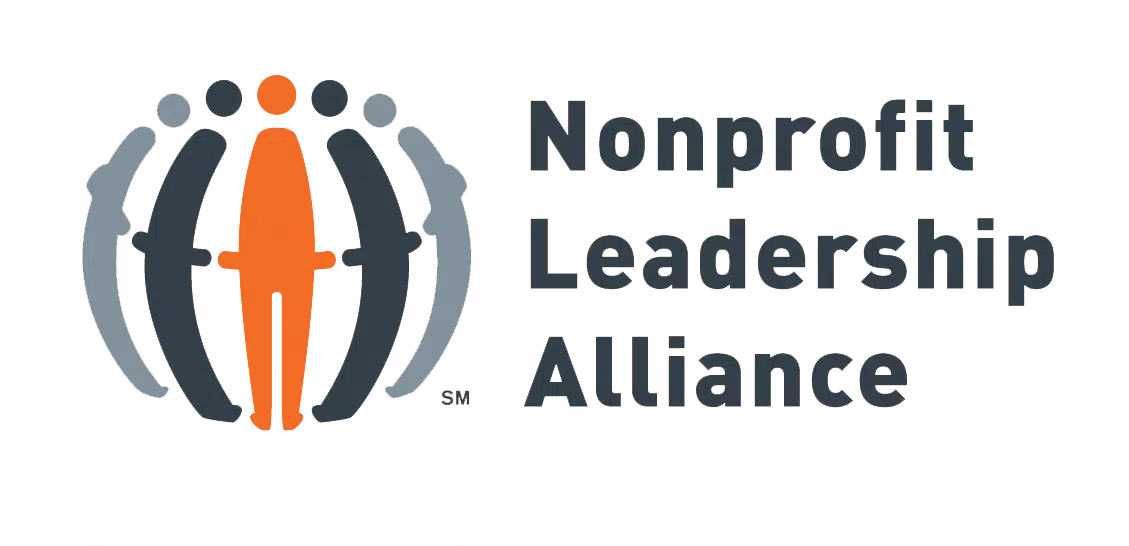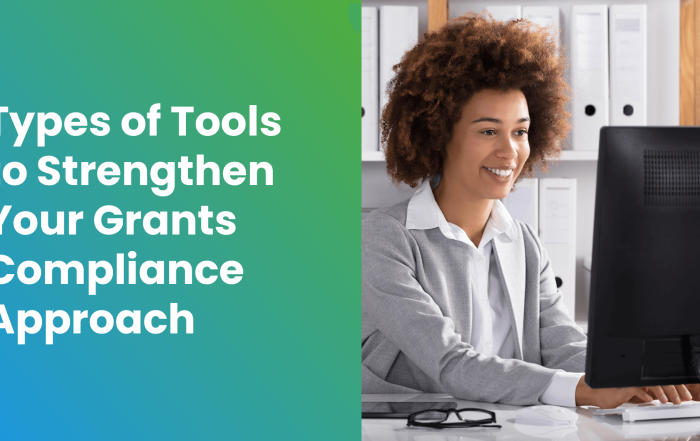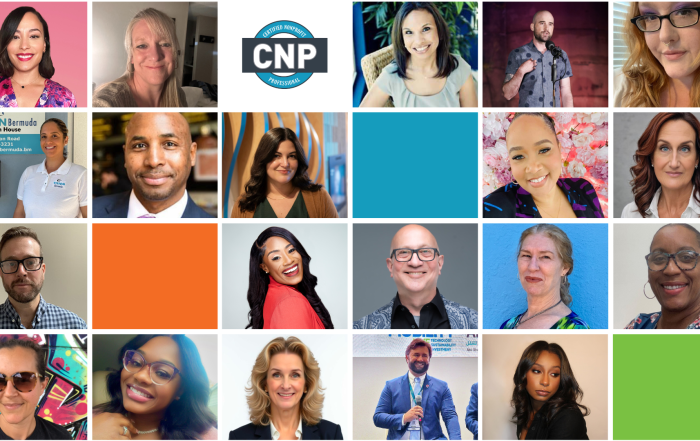In the diverse tapestry of nonprofit organizations, one challenge that often arises is the generational and knowledge divide among employees. With multi-generational staff and varying levels of experience, nonprofits must navigate these divides to foster collaboration, innovation, and shared success. In this blog post, we explore strategies for bridging generational and knowledge divides in nonprofit teams and harnessing the collective wisdom and expertise of all employees.
1. Embrace Diversity
Generational and knowledge diversity within nonprofit teams can be a source of strength and innovation. Recognizing and celebrating the unique perspectives, skills, and experiences that each individual brings to the table is essential for fostering a culture of inclusivity and collaboration. By embracing diversity, nonprofits can harness the collective wisdom and creativity of employees from different backgrounds and generations.
2. Foster Mutual Learning
Nonprofit organizations can facilitate mutual learning and knowledge-sharing among employees of different generations through formal and informal channels. Implementing mentorship programs, reverse mentoring initiatives, and cross-generational training sessions can create opportunities for employees to learn from one another, exchange ideas, and bridge knowledge gaps. Encouraging open dialogue and fostering a culture of curiosity and continuous learning are also key to promoting knowledge-sharing and collaboration.
3. Break Down Silos
Silos and barriers between generations and departments can hinder communication, collaboration, and innovation within nonprofit organizations. Breaking down silos through cross-functional teams, interdisciplinary projects, and collaborative decision-making processes can foster greater integration and synergy among employees of different generations. By creating opportunities for cross-pollination of ideas and expertise, nonprofits can unlock new insights and solutions to complex challenges.
4. Leverage Technology
Technology can serve as a powerful tool for bridging generational and knowledge divides within nonprofit teams. Implementing digital collaboration tools, custom knowledge management systems, and online learning platforms can facilitate communication, information sharing, and collaboration across generations and geographies. By leveraging technology, nonprofits can create virtual spaces for employees to connect, collaborate, and access resources regardless of their location or level of experience.
5. Cultivate a Culture of Respect
Respectful communication and mutual understanding are essential for bridging generational and knowledge divides within nonprofit teams. Encouraging empathy, active listening, and open-mindedness can help employees appreciate diverse perspectives and experiences. Nonprofits can foster a culture of respect by valuing contributions from employees of all generations, recognizing the unique strengths and expertise that each individual brings to the table.
6. Encourage Intergenerational Collaboration
Intergenerational collaboration can yield innovative solutions and fresh perspectives on complex challenges facing nonprofit organizations. Encouraging intergenerational collaboration through team projects, cross-generational brainstorming sessions, and collaborative problem-solving exercises can foster creativity, innovation, and teamwork. By leveraging the complementary skills and strengths of employees from different generations, nonprofits can drive positive change and achieve greater impact.
7. Lead by Example
Leadership plays a crucial role in setting the tone for intergenerational collaboration and knowledge-sharing within nonprofit organizations. Leaders should lead by example by actively engaging with employees of all generations, soliciting feedback, and fostering an inclusive and supportive work environment. By demonstrating a commitment to collaboration, continuous learning, and respect for diversity, leaders can inspire and empower employees to bridge generational and knowledge divides and work together towards shared goals.
Bridging generational and knowledge divides within nonprofit teams requires a concerted effort to foster inclusivity, mutual learning, and collaboration. By embracing diversity, fostering mutual learning, breaking down silos, leveraging technology, cultivating a culture of respect, encouraging intergenerational collaboration, and leading by example, nonprofits can harness the collective wisdom and expertise of employees from different generations to drive innovation, achieve greater impact, and advance their mission of creating positive change in the world. Together, let us bridge divides and build stronger, more resilient nonprofit teams for the future.
About the Author:
Michael Ash is a seasoned marketing and nonprofit professional with over 15 years of experience. He completed his DBA in Organizational Leadership and Development researching Appalachian nonprofits, psychological contracts, and retention. Michael also holds an undergraduate degree in advertising, public relations, and graphic design and a graduate degree in wellness promotion from Morehead State University. Holding credentials as an Advanced Certified Nonprofit Professional, Professional Certified Marketing, and Project Management Professional, Michael passion for continued growth and development is evident. His expertise includes public relations, advertising, fundraising, social media, recruitment, retention, event development, leadership development, and community engagement. In his free time, Michael enjoys nature, reading, gaming, knitting, and spending time with his dogs, Zeke and Zeus.
Did you enjoy this story?
Get nonprofit tips and tools delivered right to your inbox by joining The Nonprofit Leadership Alliance Newsletter. Our bimonthly newsletter will make sure you know what’s happening with our network of social sector leaders.
Why Nonprofit Emails Go Unread — And How To Change That
Nonprofit organizations depend on email as a key communication tool for engaging supporters, sharing impact stories, and driving donations. Yet many nonprofit emails remain unopened or ignored, limiting their reach and effectiveness. Understanding the factors
Types of Tools to Strengthen Your Grants Compliance Approach
When grant funding is an important revenue source, grant compliance becomes critical to nonprofit success. Without it, grant funding could be jeopardized, putting vital programs and initiatives at risk. This makes optimizing your grants compliance
Introducing April 2025’s Certified Nonprofit Professional (CNP) Cohort
The Nonprofit Leadership Alliance is proud to introduce April 2025’s Certified Nonprofit Professional (CNP) Professional Track cohort! This group of nonprofit professionals have begun their six-month journey, participating in one of only four cohorts offered



